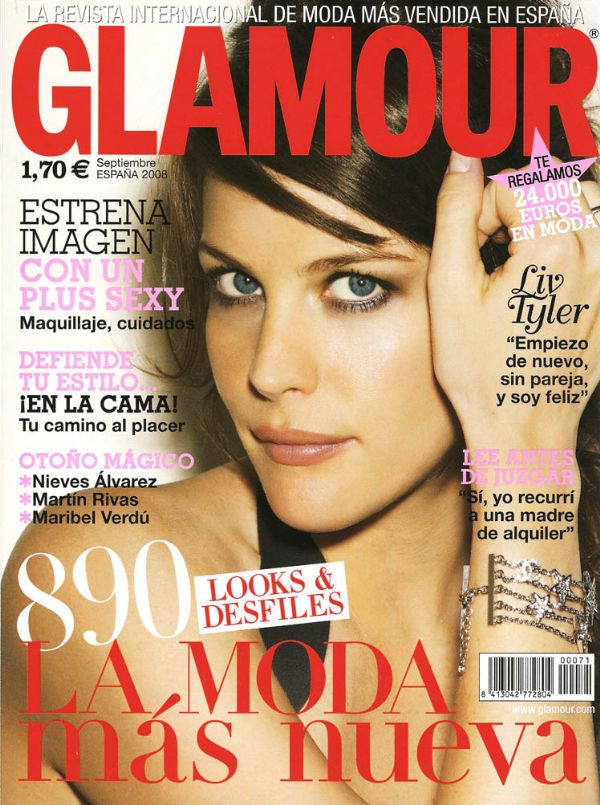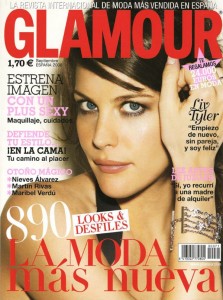I have a troubling announcement. It has taken me over half a year to finally get past the introduction of Paul Ford’s story, “What is Code?”, for Bloomberg Businessweek. It was published in June 2015.
Yesterday, I decided that I wanted to read longform online but instead of just clicking the down arrow on my keyboard in order to finish a piece, I thought I would shake it up a bit.
Ford’s story features a little robot cheerleader cheering the reader on as she attempts to read a story that fills the entire length of a print magazine. There are animated GIFs and short videos that lessen an otherwise dull task: scrolling down a webpage.
For the record, neither the writing nor the topic prevented me from continuing further. I really liked the format of the online piece from the first time I started reading it. And my coding background immediately drew me to the piece. After seeing Twitter people start tweeting it out last year, I read the introduction a mere seven minutes after I saw that it had been posted online.
But then I saved it to Instapaper. Which turned the story into a limp, dry sock when it was supposed to be a lively, beating heart on my computer screen.
Instead of sifting through my Instapaper queue, I just googled Ford’s story and have been reading it directly on Bloomberg.com.
Comments closed

